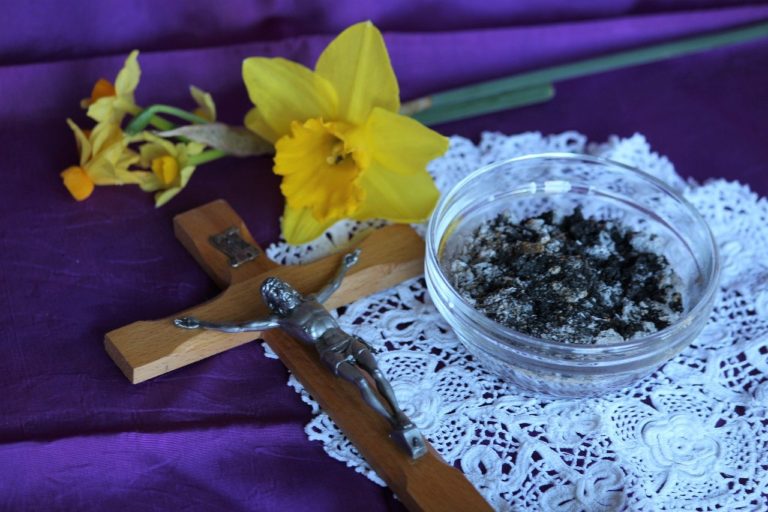I mentioned yesterday that back in 2001 and 2002, I lost over 100 pounds, and I then kept it off for a solid eight years. The proof is in the photos above. These days, I’m somewhere in between those photos, and I want to get back to the photo on the right.
Whenever I tell someone about my weight loss history, they want to know how I lost it and how I kept it off for so long. Today, I’m going to tell you how, because I’m about to walk back down that road myself, and while I know that being 12-13 years older is going to make it harder this time, I still believe in the fundamentals of lasting weight loss: eating right and exercising.
There are no gimmicks, no shortcuts, no extreme diets. There’s no calorie counting. Just smart, sensible, sustainable lifestyle changes. So if you’re a sedentary person with not-so-great eating habits looking to shed some extra pounds this year, I’m offering up to you my own success story as a guide. And if you want to come alongside me this year, for support and accountability, simply leave a comment on this post or find me on Facebook, and we’ll connect.
Medical disclaimer: you should always check with your physician before making any changes to your diet or exercise program. I had a nutritionist, a doctor, and a personal trainer supporting me as I was losing weight, and their guidance was critical to making choices that were right for me as an individual.
Note, too, that the guidelines below are for women. Men will require more protein, carbs, and fats.
Okay, here we go. My weight loss strategy debunked:
- Get all junk food out of the house, and don’t replace it. Throw out anything that could be your downfall.
- Eat three meals that are balanced: protein, fruit and vegetables, complex carbohydrates.
- Limit carbohydrate consumption to no more than six servings of 15 grams each.
- Choose carbohydrates that contain at least 3 grams of soluble fiber per serving (if the nutrition label doesn’t specifically say soluble fiber, then there isn’t any).
- Get 3-4 ounces of protein per meal. Protein is important for muscle development and maintenance.
- If you need to snack, eat fresh veggies with Greek yogurt or hummus for dipping.
- Watch fat intake – DO eat good fats, like olive oil, coconut oil, and raw nuts, but be careful not to overconsume. 30 grams per day is good. Avoid vegetable oils, and use organic butter as a condiment in very small amounts.
- Cook meals from scratch, so that you know what you’re eating. If you’re not sure how to go about this, invest in a couple of healthy cookbooks or start following food bloggers who post healthy recipes.
- Choose ingredients that don’t contain unnecessary sugar or salt. Canned tomatoes don’t need to have sugar in them. Neither does peanut butter. And there is always a from-scratch recipe out there to replace canned soup.
- Avoid partially hydrogenated and fully hydrogenated oils, corn syrup of any kind, and artificial sweeteners.
- If you need to sweeten something, try natural sweeteners like honey, pure maple syrup, raw agave nectar, or pure Stevia. Use natural sweeteners sparingly.
- If you bake, start using half whole wheat flour in your recipes. Try white whole wheat. Again, read the label for the soluble fiber content in the flour.
- Learn how to control portions. Measure everything if you have to.
- If you make dinner every night for your family (especially a family with some picky eaters), keep your eye on your breakfast and lunch. Really monitor your food intake at those first two meals, so you don’t need to worry about dinner too much. No one wants to be cooking two meals at night.
- If you eat out, order a salad made of healthy ingredients (no fried chicken tenders). Ask for the dressing on the side. Dip your fork tines in the dressing before each bite. OR order what you want and only eat half. Take the rest home.
- Take one meal a week “off,” and eat whatever you want at that meal. This will keep you from feeling deprived.
- Exercise. Three to five times a week for at least 30 minutes. Choose something that makes you sweat and gets your heart rate up. This is critical. If you are completely sedentary, start with a 15-minute walk at a pace you can sustain, but which still gets your heart pumping and makes you break a sweat. Add five minutes a week until you are up to 30 minutes, then start working on increasing your pace. Go from there.
- Weight train. Three times a week, with a day off in between to allow your muscles to heal. You don’t need machines to do this, just a set of dumbbells that are heavy enough to challenge you by the time you’ve done 12 repetitions of an exercise. Find moves that work for you online or in a fitness magazine. Weight training builds muscle, which burns fat and helps increase your metabolism.
- Do something to increase your flexibility once a week. Yoga and pilates are both good. So is barre. Take a class or try some DVDs from your local library.
- Push yourself. When what you’re doing gets easy, and you stop sweating, it’s time to do something harder. Always, always, always continue to challenge yourself to go to the next level.
- Don’t take more than two days off in a row from exercising.
- Let your body rest one day a week. Do nothing, or just take a relaxed walk or bike ride outside to get some fresh air.
- Drink plenty of water. 64-72 ounces every day. Water keeps you hydrated and helps flush out impurities, especially important as you’re trying to burn off extra pounds.
- Weigh yourself weekly – no more than that. Weigh yourself at the same time of day every week, wearing the same amount of clothing, so that your scale reading is as consistent as it can be.
- Take weekly measurements, as sometimes the scale doesn’t budge. Measure your chest/bust, waist, hips, thighs, and upper arms.
Are you ready to join me? Let’s shed some pounds in 2014 and beyond!




